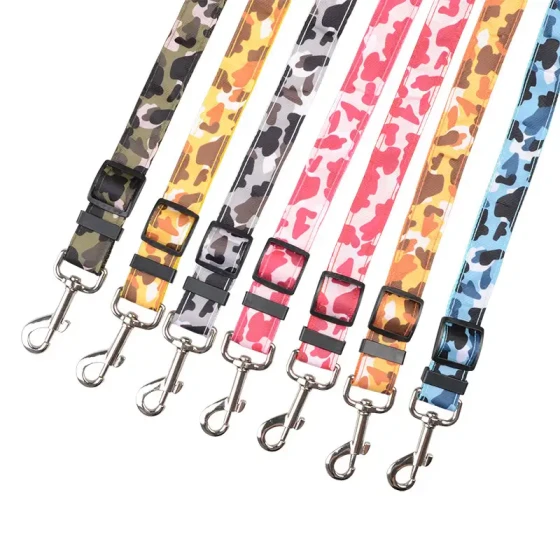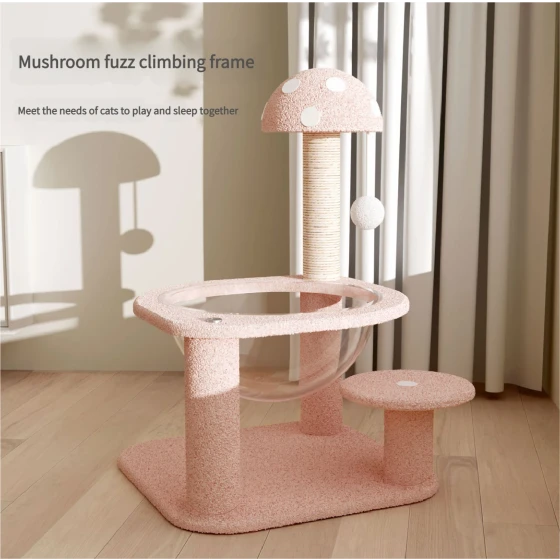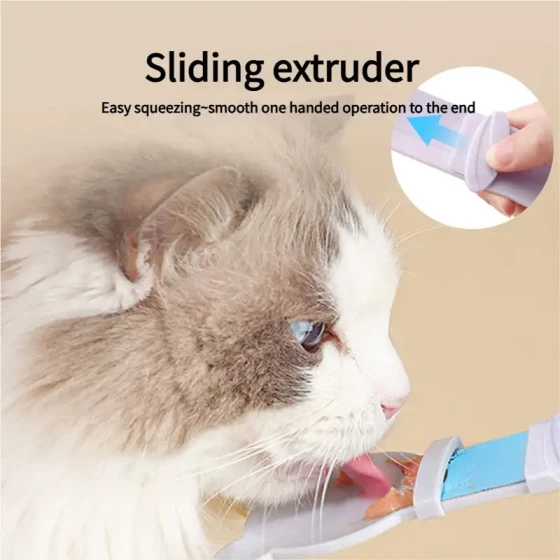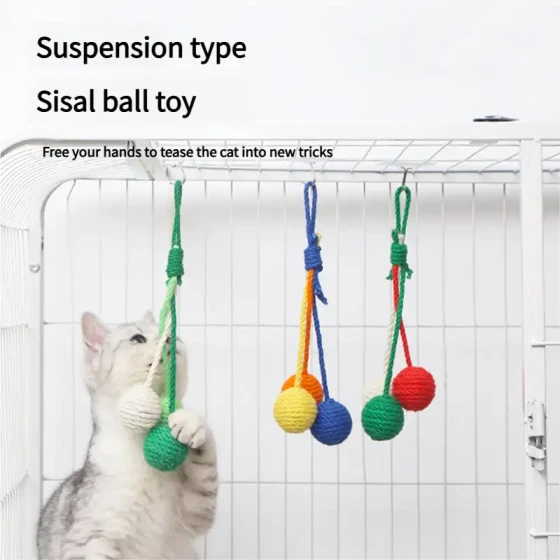Pet Cat Shipping to Other Places_Safe Complete Methods and Precautions for Consigning Cats
Sending your beloved cat to another place, whether for moving, reunion, or other reasons, is both an exciting and anxious event for many "pet owners." Simply put, safely shipping (or more accurately, "consigning") a pet cat to another place is completely feasible, but it is far from sending a simple package. It is a complex process that requires thorough planning, compliance with regulations, and ensuring the cat's comfort and safety, usually involving air freight, railway transport, or professional pet consignment services.

This is not just about putting the cat into a cage and sending it away; it concerns its health, emotions, and even life safety. Therefore, understanding and mastering the correct consignment methods and precautions is crucial.
Main Methods of Consigning Pet Cats
In China, the main ways to consign pet cats to other places include:
- Air Consignment (Most Common and Fastest)
Air consignment is currently the most commonly used and fastest method, especially suitable for long-distance transport. It usually divides into two types: random consignment and cargo consignment.- Random Consignment: Refers to the pet traveling on the same flight as the owner, with the pet checked in as baggage. This method is relatively convenient, allowing the owner to arrive at the destination together with the pet. However, not all airlines offer this service, and there are strict restrictions on pet species, size, and quantity.
- Cargo Consignment: Refers to the pet being transported as separate cargo, not on the same plane as the owner. This method supports higher capacity and more flight options but involves more complex procedures; the cat must be handled at the cargo station, and the owner cannot care for it during the journey.
Key Points of Air Consignment:
* Document Preparation: You must prepare animal quarantine certificates and vaccination certificates in advance (usually requiring rabies vaccination certificate). These documents need to be processed within a certain period before departure; please consult the local quarantine department for specific timeframes.
* Airline Carrier Requirements: The carrier must meet the International Air Transport Association (IATA) standards, generally requiring it to be sturdy, well-ventilated, appropriately sized (allowing the cat to stand, turn around, and lie down inside), have a waterproof bottom pad, and escape-proof locks.
* Flight Booking: Contact the airline in advance to confirm available pet consignment space and understand specific regulations, procedures, and fees.
* Health Condition: The cat must be in good health and not pregnant, nursing, or physically weak. Some special breeds or very young cats may not be suitable for air consignment. - Railway Consignment (Limited but Sometimes Feasible)
Compared to air transport, railway consignment of pet cats is less common and convenient. Not all trains or routes offer this service, and it usually is processed as baggage consignment, requiring the cat to be in the luggage carriage.- Feasibility: You need to consult the railway bureau or station at the destination in advance to confirm if pet consignment services are provided, as well as the process, required documents, and costs.
- Restrictions: There are requirements on pet weight, size, and transport container, and usually pre-application is needed. Procedures may be more cumbersome than air transport.
- Risks: The luggage carriage environment (temperature, humidity, noise, lack of care) may cause significant stress and discomfort to the cat.
- Professional Pet Consignment Companies (Worry-free but More Expensive)
If self-handling air or railway consignment procedures seem complicated or unfamiliar, consider seeking help from professional pet consignment companies.- Service Content: Professional companies usually provide one-stop services, including home pickup of cats, handling quarantine certificates, booking space, purchasing suitable carriers, delivering the cat to the airport/train station, pickup at the destination, and delivery to the specified location.
- Advantages: Saves time and effort, highly professional, able to handle emergencies, and usually more experienced in ensuring transport safety.
- Costs: Compared to self-handling, using a professional company is more expensive, typically covering service fees, transport fees, certificate handling fees, etc., with total costs ranging from several hundred to several thousand RMB, depending on distance, transport method, and services.
- Selection Suggestions: Choose reputable, legally registered, and experienced companies, sign formal contracts, and fully understand service details and fee composition. You may refer to other users’ reviews or cases.
Preparations That Must Be Done Before Consignment
Regardless of the method chosen, adequate preparation is key to ensuring the cat’s safe and smooth arrival.
- Health Check and Document Handling:
- Take the cat to a veterinarian in advance for a full health check to ensure it is fit for long-distance transport.
- Obtain animal quarantine certificates and vaccination certificates. Depending on destination requirements, other certificates may also be needed.
- Consult the vet about possible stress responses in cats during long-distance transport and coping methods.
- Selecting Suitable Transport Container (Airline Carrier/Cat Bag):
- Ensure the carrier or cat bag is sturdy, well-ventilated, and spacious enough for the cat to comfortably stand, turn around, and lie down.
- Line the bottom with absorbent mats to prevent contamination from excrement.
- Attach cat information (name, breed, age), owner’s contact details, destination address, etc., to the carrier, and mark "Live Animal Inside, Do Not Crush/Invert."
- Acclimating the Cat to the Carrier:
- At least several days or even weeks before departure, place the carrier at home to let the cat freely enter and exit, place favorite toys, mats, or feed inside to build positive associations and reduce strangeness and fear.
- Try briefly confining the cat in the carrier and gradually increasing confinement time to help it adapt to being restricted in a small space.
- Food and Water During the Journey:
- For long transports, it is generally not recommended to place open food and water bowls inside the carrier to avoid spills and wetting the cat.
- You can fix a water dispenser inside the carrier or use a sponge-type water device so the cat can lick water when needed.
- Stop feeding a few hours before departure to reduce the possibility of excretion during transport. A small amount of cat food or snacks can be placed inside the carrier as comfort during stress.
- Emotional Soothing:
- Place clothing or blankets carrying the owner’s scent inside the carrier to help ease the cat’s anxiety.
- Speak gently to the cat and maintain a calm demeanor, as your emotions affect the cat.
- Do not administer sedatives unless recommended and guided by a veterinarian, as they may bring unpredictable risks.
Precautions During Transportation
- Temperature Control: Especially for air cargo, pay attention to weather temperatures at the departure, transit, and destination locations. Extreme heat or cold is unsuitable for pet transport. Confirm with the airline whether the cargo hold is temperature-controlled.
- Avoiding Shock: Keep the environment quiet during procedures and handling, avoiding loud noises or severe shaking.
- Clear Labeling: Ensure the carrier’s labels are clearly visible, indicating live animals with "This Side Up," "Do Not Crush," etc.
After Arriving at the Destination
- Timely Cat Pickup: Whether by air or rail, promptly pick up the cat at the designated location after arrival to minimize the cat’s time in unfamiliar surroundings.
- Condition Check: Upon receiving the cat, carefully inspect the carrier for damage and check if the cat shows obvious injury or discomfort. If abnormal, immediately contact the carrier and veterinarian.
- Settling and Adaptation: After bringing the cat home, do not rush it to explore the new environment. First, place it in a quiet, safe room with food, water, a litter box, and hiding spots to let it adapt slowly.
- Close Observation: Monitor the cat’s appetite, water intake, excretion, and behavior closely for several days for stress reactions (such as hiding, loss of appetite, diarrhea). Consult a vet promptly for persistent or severe symptoms.
Cost References
Costs for pet cat consignment vary greatly depending on many factors, so only rough ranges are provided for reference:
- Self-handled Air Freight: Costs mainly include quarantine fees, vaccination fees, the carrier cost, and airline freight (calculated by weight and distance), usually between several hundred to two thousand RMB.
- Self-handled Railway Consignment: If feasible, costs are typically lower, around several hundred RMB, but specifics and feasibility should be consulted with railway authorities.
- Professional Pet Consignment Companies: Highest cost; the more comprehensive the services and the longer the distance, the higher the costs, generally several thousand RMB or more.
Frequently Asked Questions
- Q: Can my cat sit with me in the airplane cabin?
A: On domestic flights in China, pets generally are not allowed in the passenger cabin unless they are certified service dogs or in special cases. Ordinary cats must be consigned. - Q: Will the cat suffer from oxygen deprivation during consignment?
A: Compliant pet carriers have sufficient ventilation holes. Airline cargo compartments are pressurized and oxygenated, theoretically preventing oxygen deprivation. However, extreme weather or improper handling may increase risks. - Q: Should I sedate my cat before consignment?
A: Sedatives are generally not recommended casually. Effects vary among cats and may cause unpredictable side effects or impair the cat's adaptation to environment changes. Use must strictly follow veterinary advice. - Q: Can I consign without quarantine certificates?
A: No. Animal quarantine certificates are essential legal documents for pet transport. Without them, airlines or railway departments will not accept consignment.
Summary
Shipping pet cats to other places is a task requiring detailed planning and careful execution. Choosing the appropriate transport method, completing all preparations, including health checks, document handling, selecting the right carrier, acclimating the cat, and paying attention to details during transport can maximize the cat’s safety and comfort. Although the process is somewhat complex, taking every step seriously will ensure your cat arrives safely at the new home and continues to accompany you.





